BIG’s swirling watch museum opens in the Swiss mountains
Taking its cues from the surrounding landscape and the watch brand's rich heritage and product lines, the new Audemars Piguet museum in Vallée de Joux, Switzerland, designed by BIG, throws open its doors to the public

Iwan Baan - Photography
User movement, context and the site’s harsh climate were key drivers in the design development of the Audemars Piguet museum in Switzerland’s watchmaking heartland Vallée de Joux. And after a short, pandemic-induced delay, the project, created in association with Atelier Brückner, engineers Lüchinger+Meyer, and landscape specialists Muller Illien, is now opening its doors to the public.
‘Our first idea was to wedge the new building inbetween [the existing ones], but then we thought maybe we should be completely different and stay low, be part of the landscape,' recalls Ingels. ‘On one hand we needed a guided sequence [a more formal museum route], and on the other we wanted a flexible journey where you can jump from one point to the other.'
By strategically placing the new building as a separate entity among the watchmaker’s existing campus, the architects, headed by Bjarke Ingels, were able to work with a spiral, low-profile form, which both encourages a particular route through the museum, while also allowing for flexible, lateral movement, and references the hairspring – the coil that delivers constant energy – in mechanical watches.
‘Both with watchmaking and architecture, the form is the content,’ says Ingels, drawing parallels between his and his client’s pursuits. ‘There is no separation between ‘software’ and ‘hardware’, that’s what makes them both intriguing. We are also both seeking to get the maximum amount of impact with the minimum amount of material.’
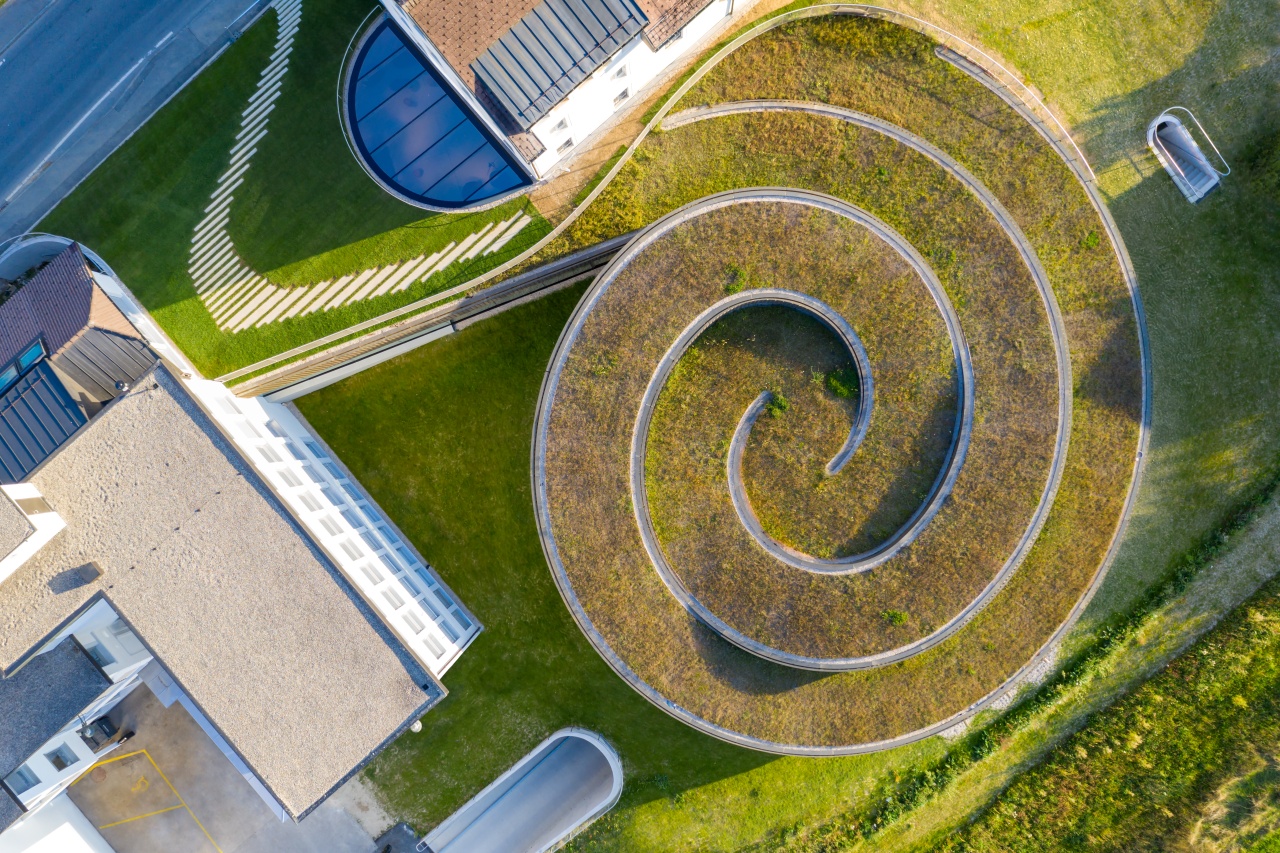
The outer walls’ carefully designed curvature ensures the external, super-insulated glass expanses are also load bearing, impressively carrying the whole roof even during the snow-heavy winter months. Meanwhile, strategically placed gaps where different surfaces meet can absorb changes in temperature. ‘Because every glass wall is curving, the curvature lends rigidity to the whole, so with this principle, in a ceismic event it won't buckle and won't break. It is so strong that it carries the whole roof,' says Ingels.
RELATED STORY
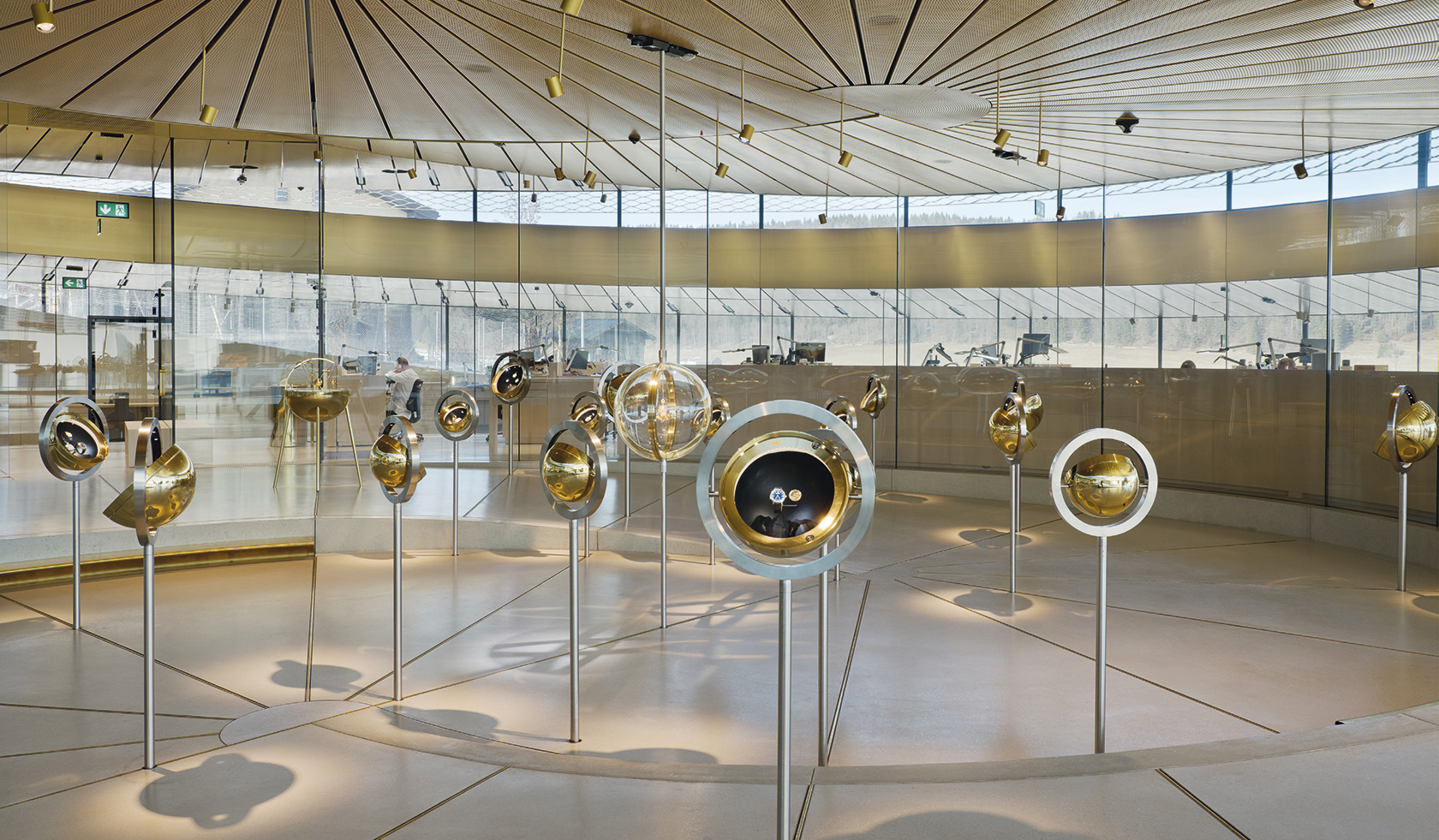
A system of thin brass ribbons is ‘woven’ into an elegant façade pattern that protects the makers’ workshops from the sun, avoiding glare and over-heating, but also discreetly ‘disappears’ if you look at it from different angles. 'We placed the watchmakers along the north facing parts, as it is traditionally the prefered light for the business, so they have light but not glare,' says Ingels.
The glazed facades not only allows the people working inside it to enjoy precious, natural light all day long, but it also means that the glass swirls and surfaces indoors interact with the sun creating a truly spectacular, shimmering interior. Additionally, it makes displays and workspace open outwards and become at one with the natural landscape around them, in any weather.
So well received was BIG’s concept that the studio is now working on a further project for the brand – a hotel, currently in construction a few steps along the road, which is meant, Ingels explains, ‘to give you the sense that it expands the slope.' All the more reason to visit this mountain gem of a museum, once official guildelines allow it.
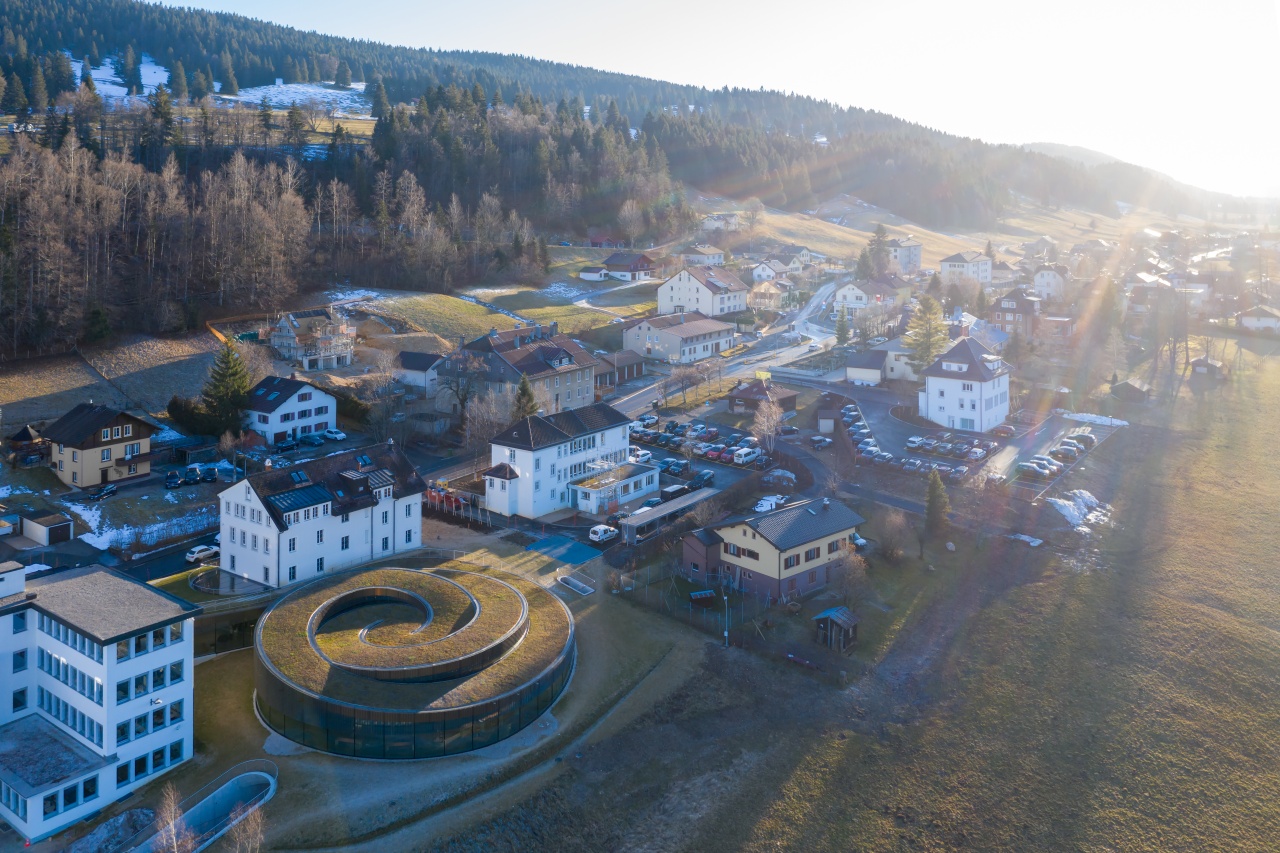
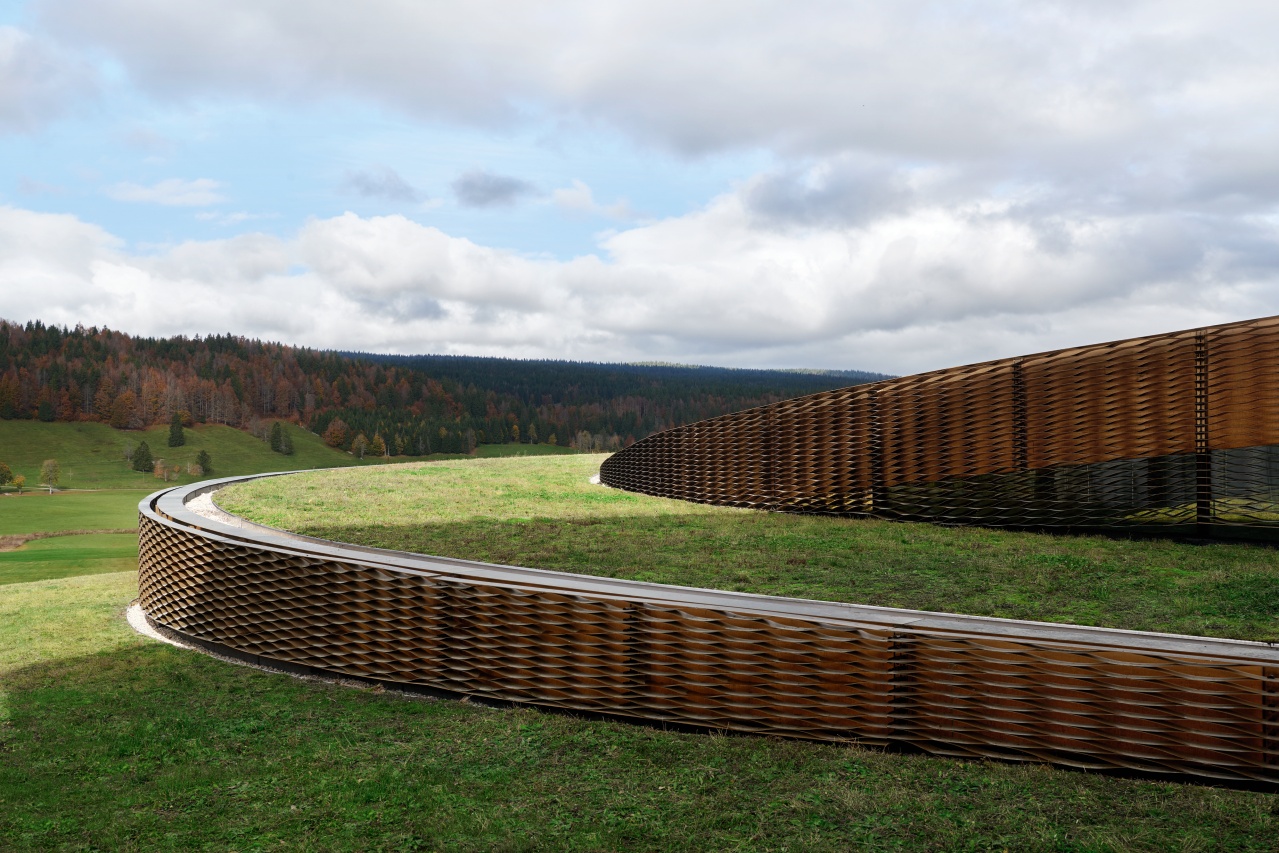
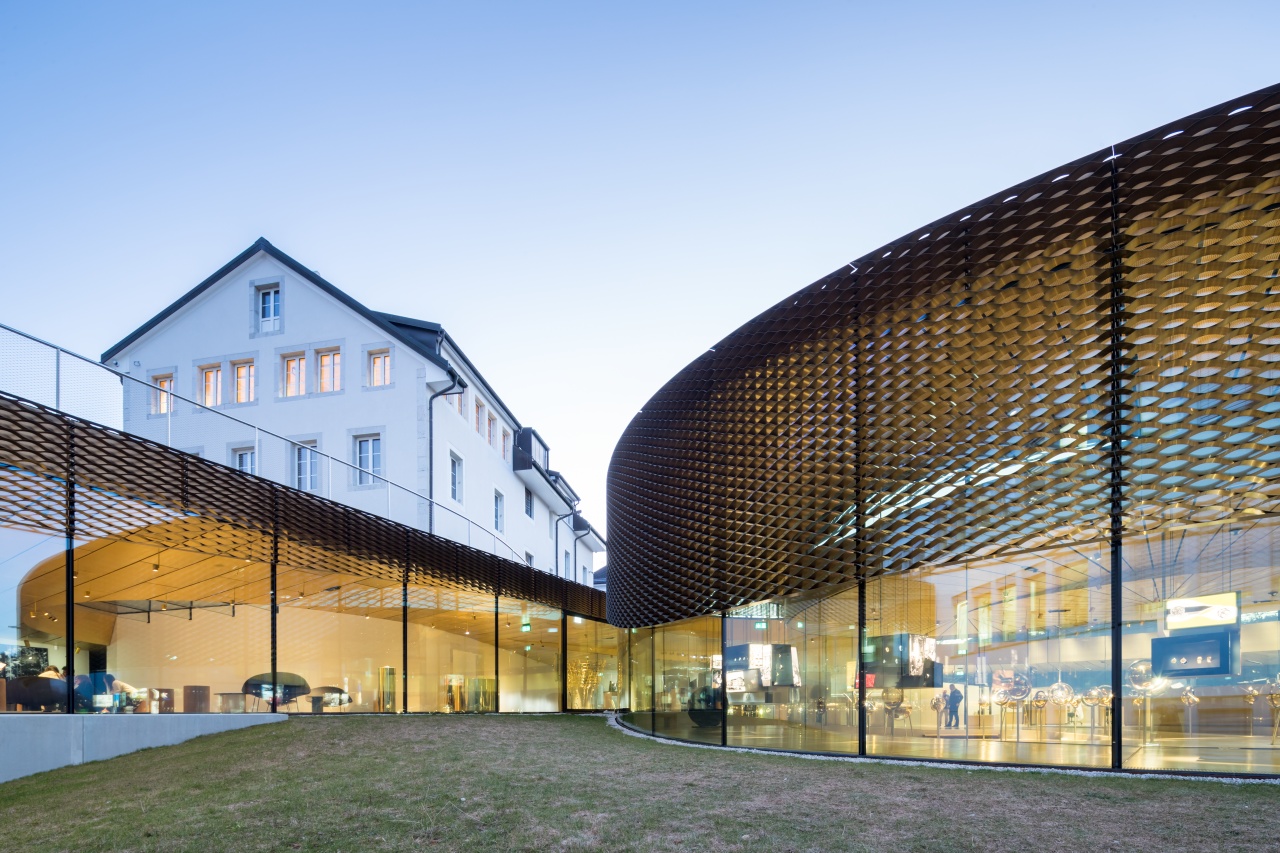
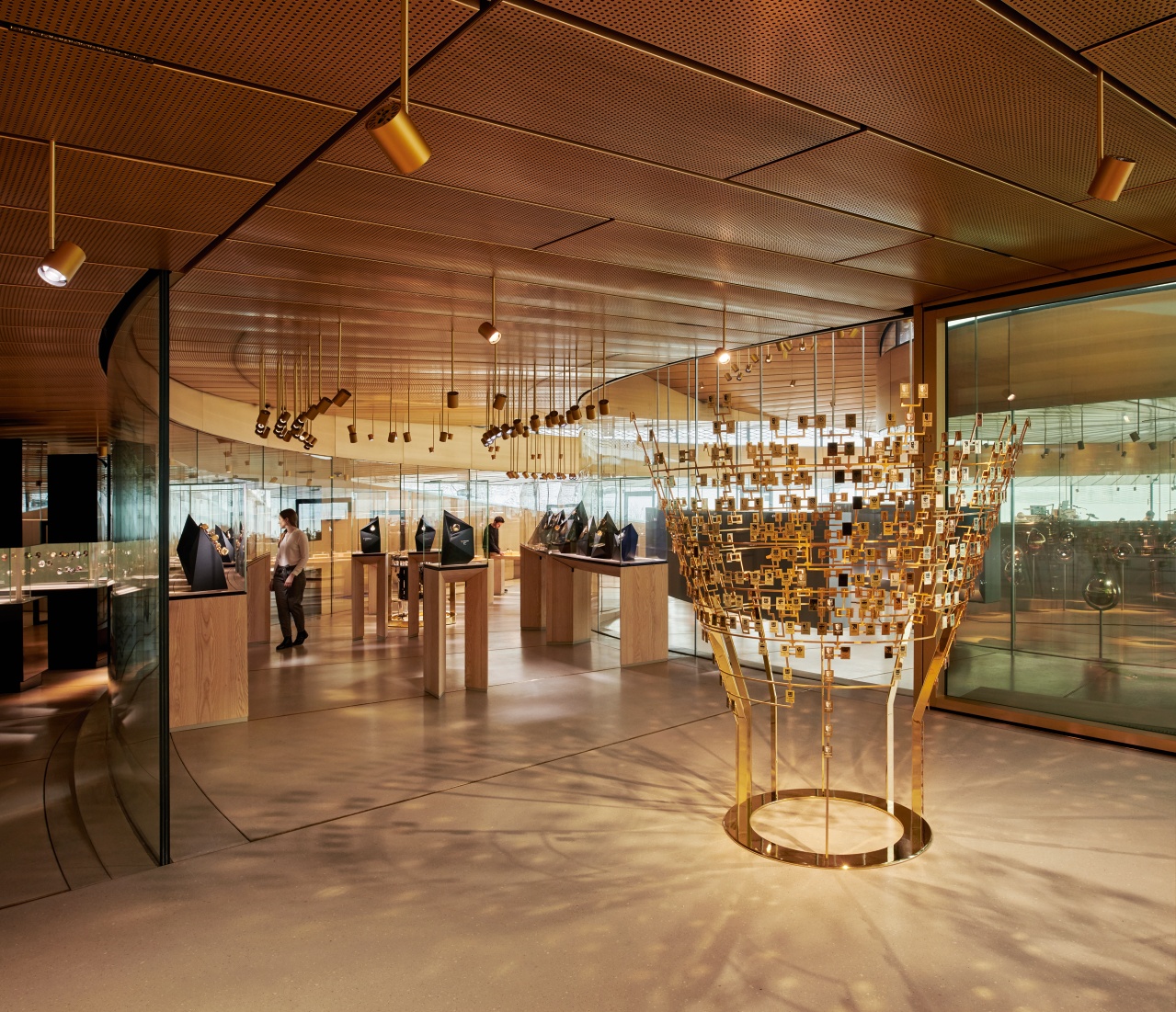
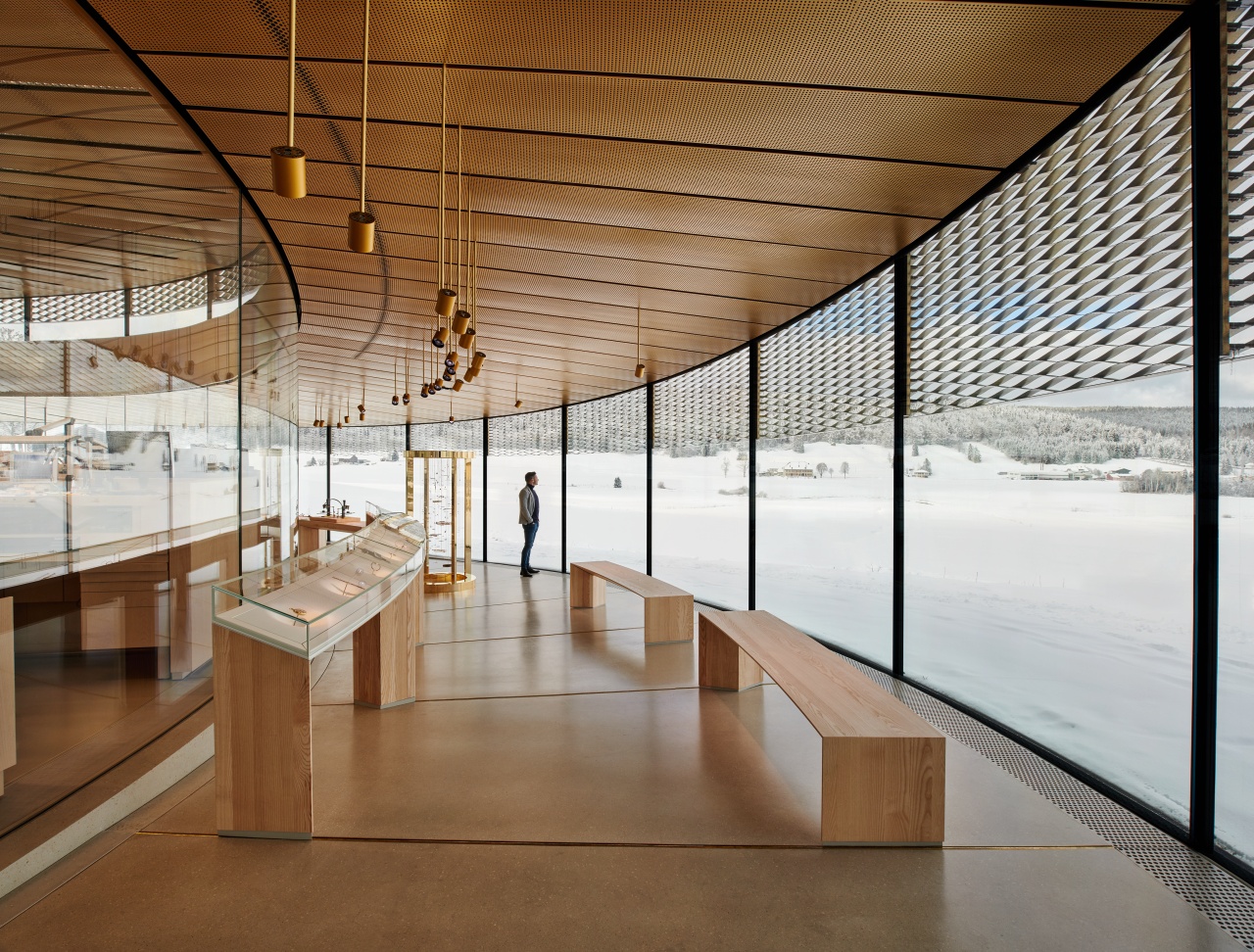
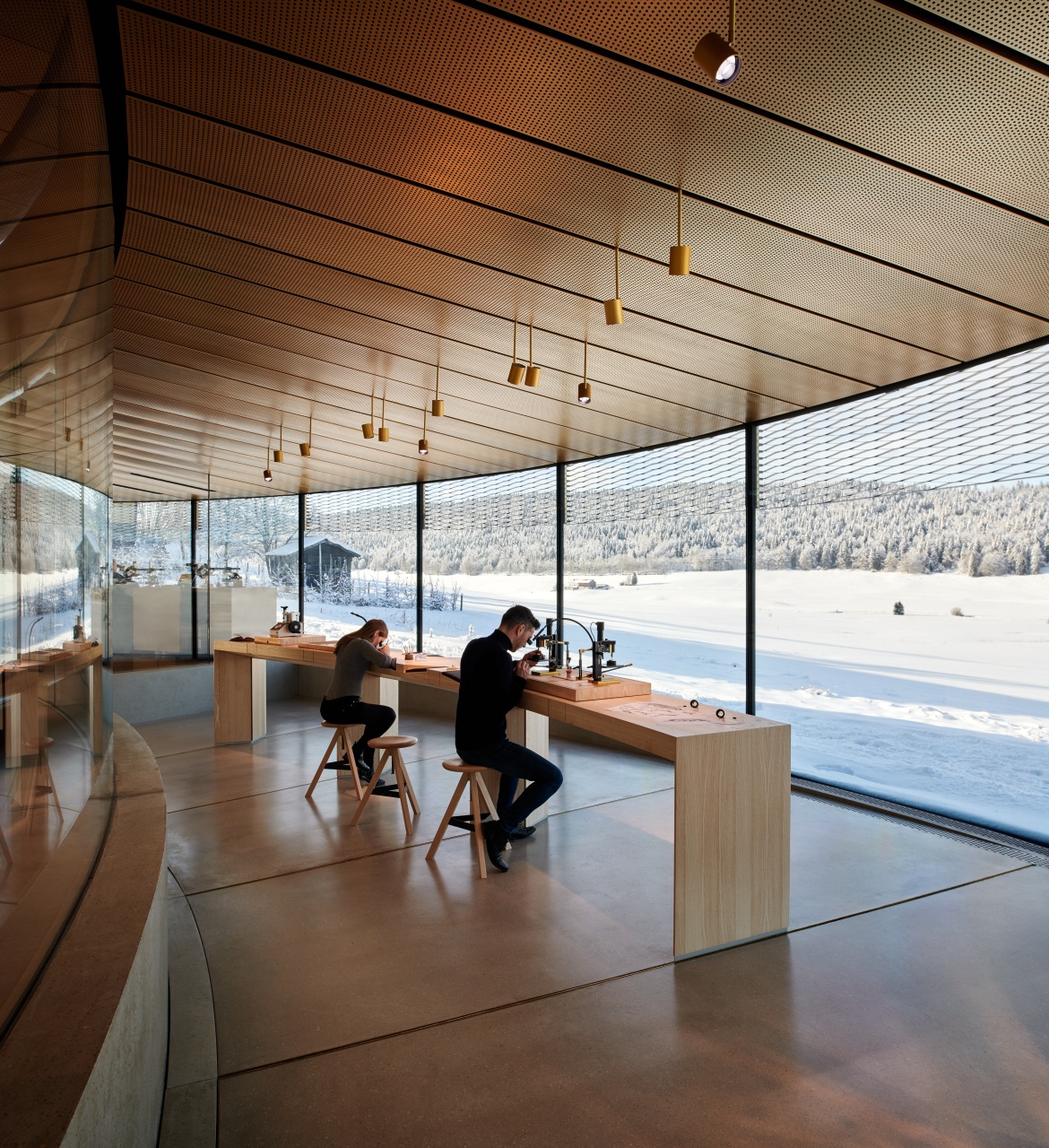
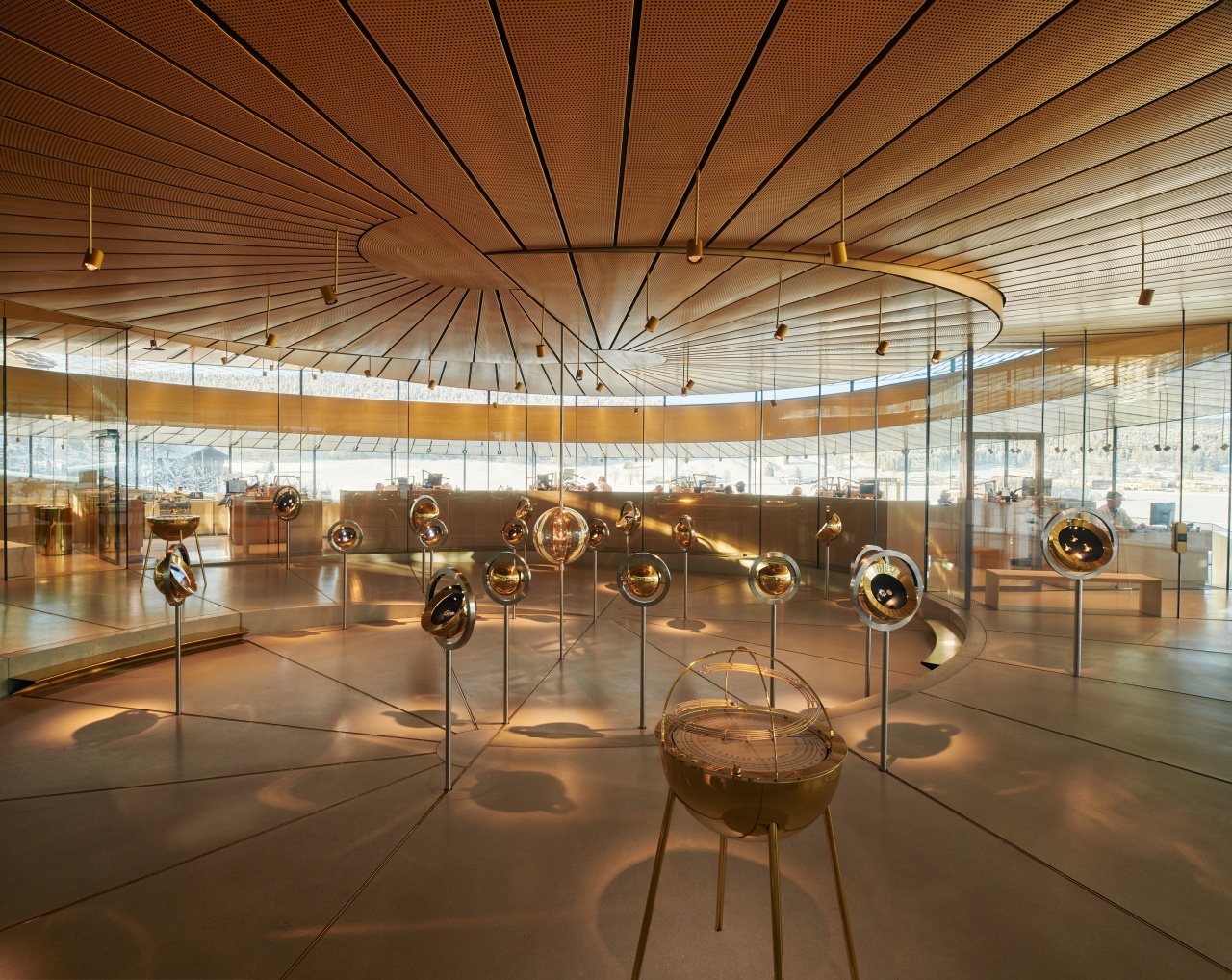
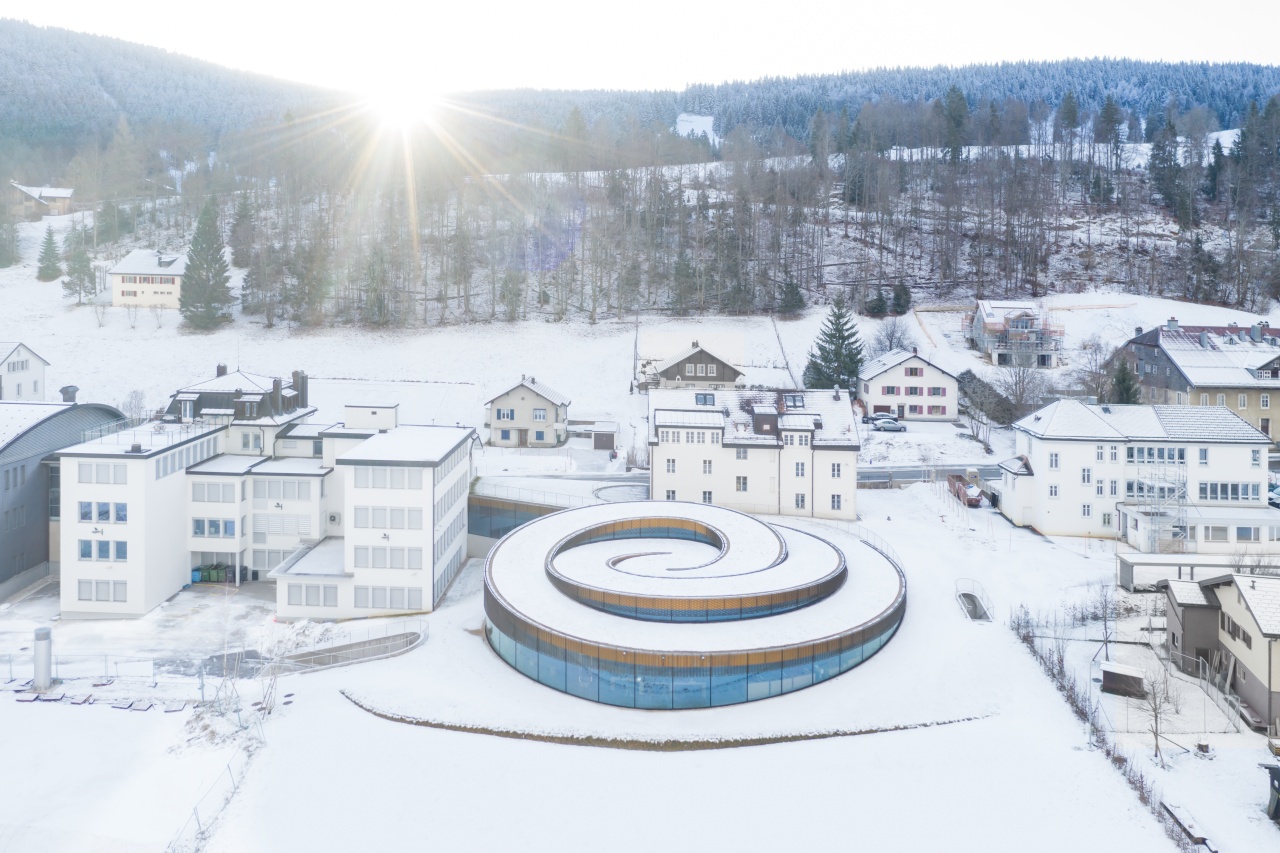
INFORMATION
Wallpaper* Newsletter
Receive our daily digest of inspiration, escapism and design stories from around the world direct to your inbox.
Ellie Stathaki is the Architecture & Environment Director at Wallpaper*. She trained as an architect at the Aristotle University of Thessaloniki in Greece and studied architectural history at the Bartlett in London. Now an established journalist, she has been a member of the Wallpaper* team since 2006, visiting buildings across the globe and interviewing leading architects such as Tadao Ando and Rem Koolhaas. Ellie has also taken part in judging panels, moderated events, curated shows and contributed in books, such as The Contemporary House (Thames & Hudson, 2018), Glenn Sestig Architecture Diary (2020) and House London (2022).
-
 All-In is the Paris-based label making full-force fashion for main character dressing
All-In is the Paris-based label making full-force fashion for main character dressingPart of our monthly Uprising series, Wallpaper* meets Benjamin Barron and Bror August Vestbø of All-In, the LVMH Prize-nominated label which bases its collections on a riotous cast of characters – real and imagined
By Orla Brennan
-
 Maserati joins forces with Giorgetti for a turbo-charged relationship
Maserati joins forces with Giorgetti for a turbo-charged relationshipAnnouncing their marriage during Milan Design Week, the brands unveiled a collection, a car and a long term commitment
By Hugo Macdonald
-
 Through an innovative new training program, Poltrona Frau aims to safeguard Italian craft
Through an innovative new training program, Poltrona Frau aims to safeguard Italian craftThe heritage furniture manufacturer is training a new generation of leather artisans
By Cristina Kiran Piotti
-
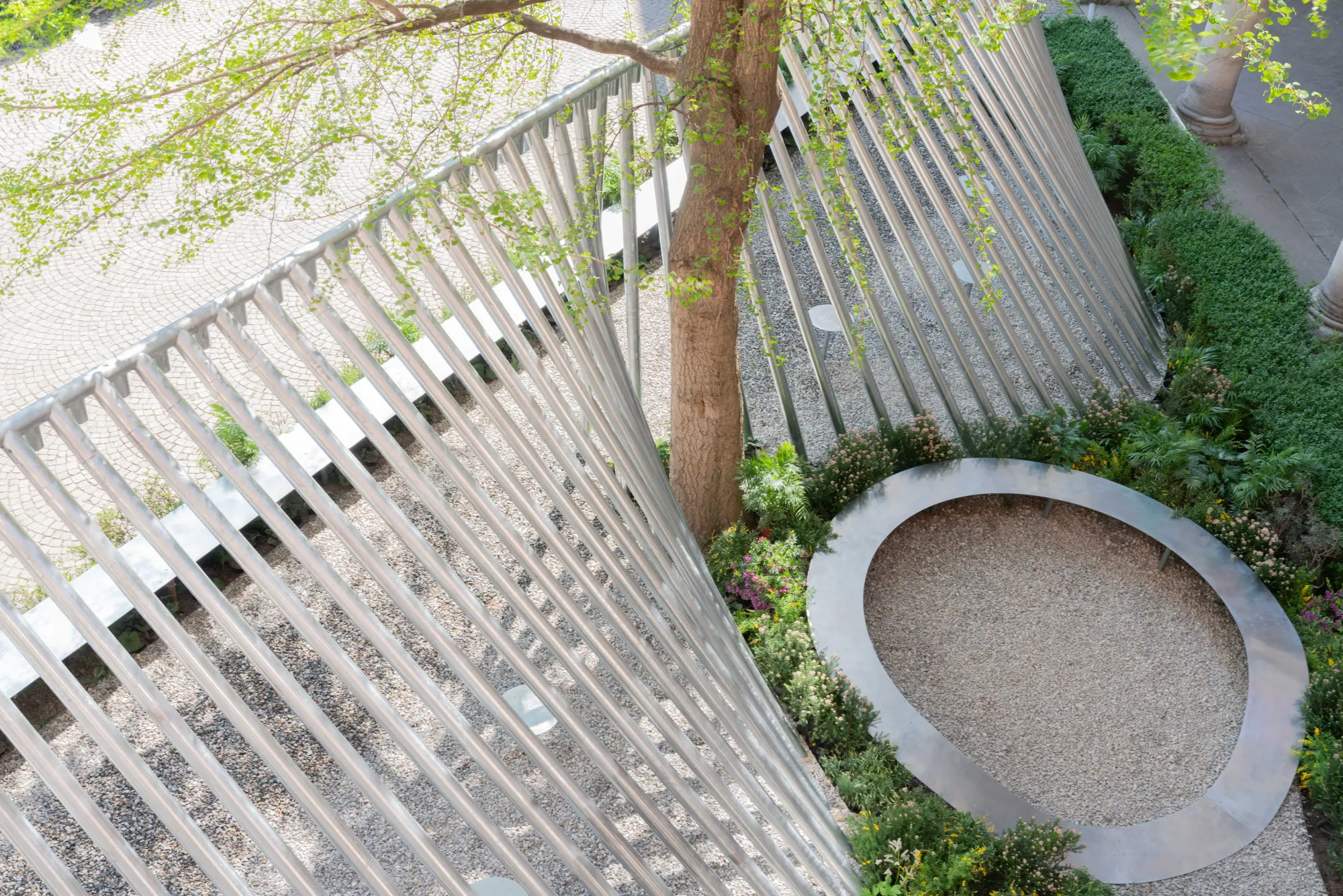 Milan Design Week: ‘A Beat of Water’ highlights the power of the precious natural resource
Milan Design Week: ‘A Beat of Water’ highlights the power of the precious natural resource‘A Beat of Water’ by BIG - Bjarke Ingels Group and Roca zooms in on water and its power – from natural element to valuable resource, touching on sustainability and consumption
By Ellie Stathaki
-
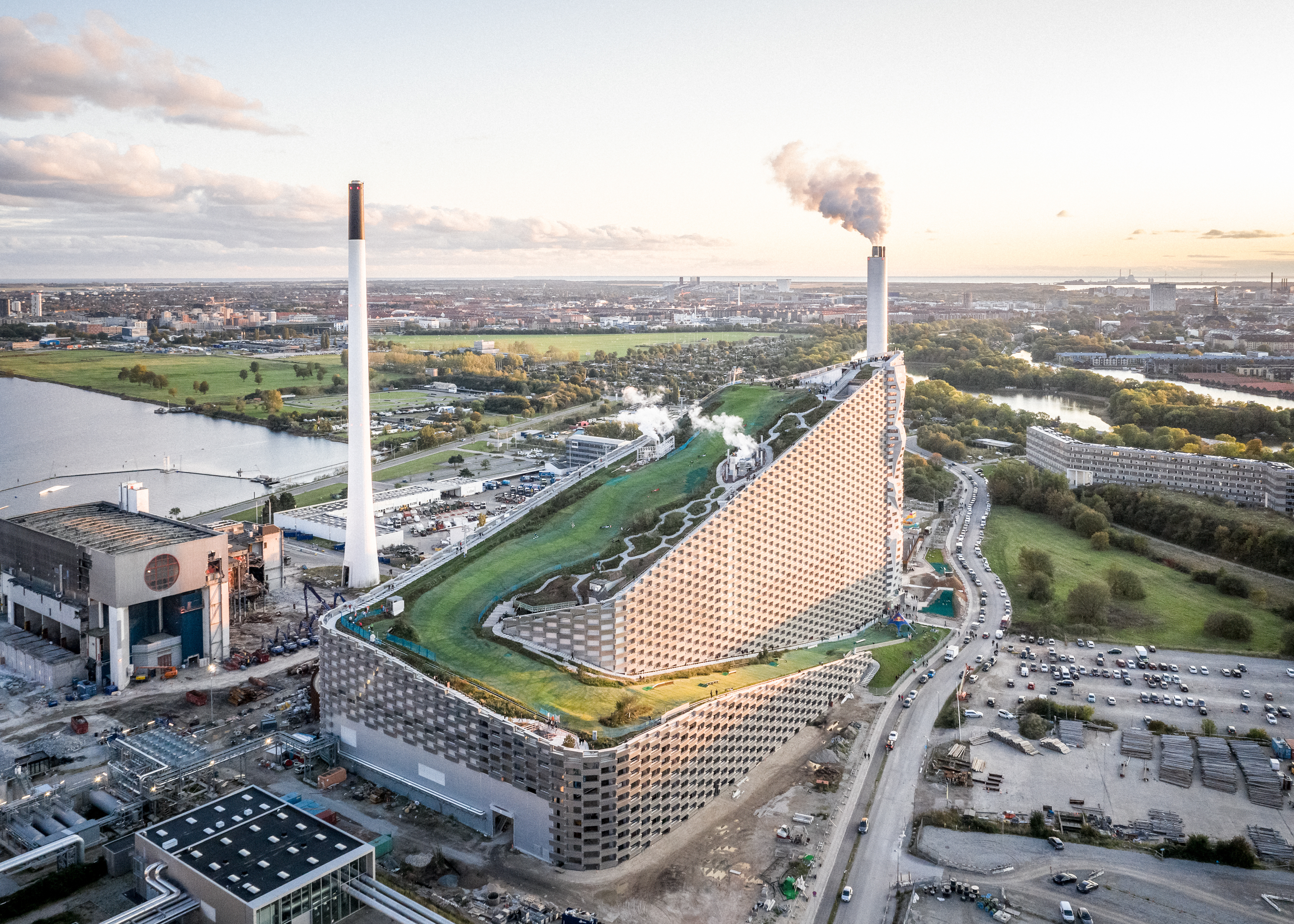 What is hedonistic sustainability? BIG's take on fun-injected sustainable architecture arrives in New York
What is hedonistic sustainability? BIG's take on fun-injected sustainable architecture arrives in New YorkA new project in New York proves that the 'seemingly contradictory' ideas of sustainable development and the pursuit of pleasure can, and indeed should, co-exist
By Emily Wright
-
 The Yale Center for British Art, Louis Kahn’s final project, glows anew after a two-year closure
The Yale Center for British Art, Louis Kahn’s final project, glows anew after a two-year closureAfter years of restoration, a modernist jewel and a treasure trove of British artwork can be seen in a whole new light
By Anna Fixsen
-
 You’ll soon be able to get a sneak peek inside Peter Zumthor’s LACMA expansion
You’ll soon be able to get a sneak peek inside Peter Zumthor’s LACMA expansionBut you’ll still have to wait another year for the grand opening
By Anna Fixsen
-
 NYC's The New Museum announces an OMA-designed extension
NYC's The New Museum announces an OMA-designed extensionOMA partners including Rem Koolhas and Shohei Shigematsu are designing a new building for Manhattan's only dedicated contemporary art museum
By Anna Solomon
-
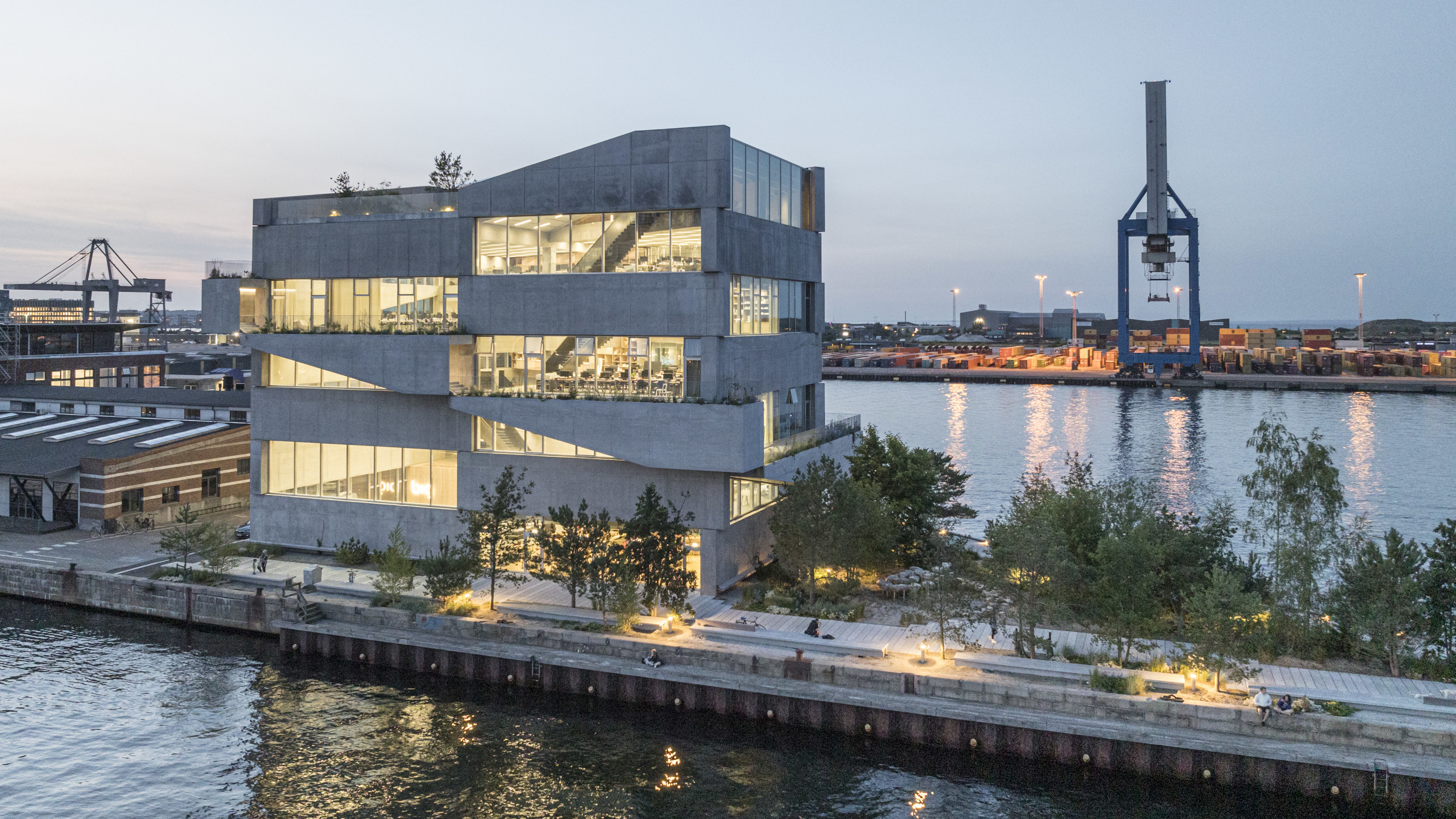 Denmark’s BIG has shaped itself the ultimate studio on the quayside in Copenhagen
Denmark’s BIG has shaped itself the ultimate studio on the quayside in CopenhagenBjarke Ingels’ studio BIG has practised what it preaches with a visually sophisticated, low-energy office with playful architectural touches
By Jonathan Bell
-
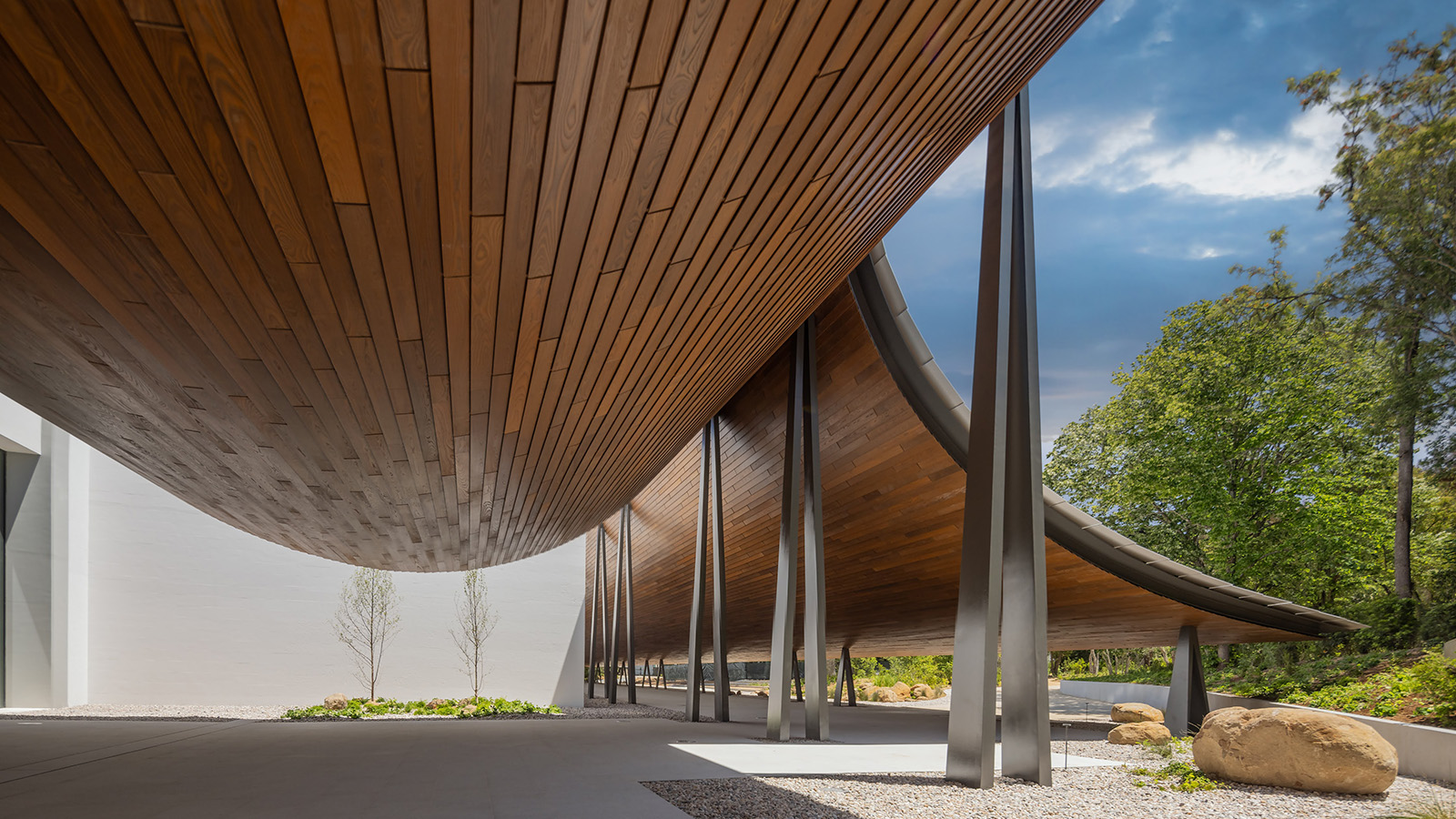 Gulbenkian Foundation's new art centre by Kengo Kuma is light and inviting
Gulbenkian Foundation's new art centre by Kengo Kuma is light and invitingLisbon's Gulbenkian Foundation reveals its redesign and new contemporary art museum, Centro de Arte Moderna (CAM), by Kengo Kuma with landscape architects VDLA
By Amah-Rose Mcknight Abrams
-
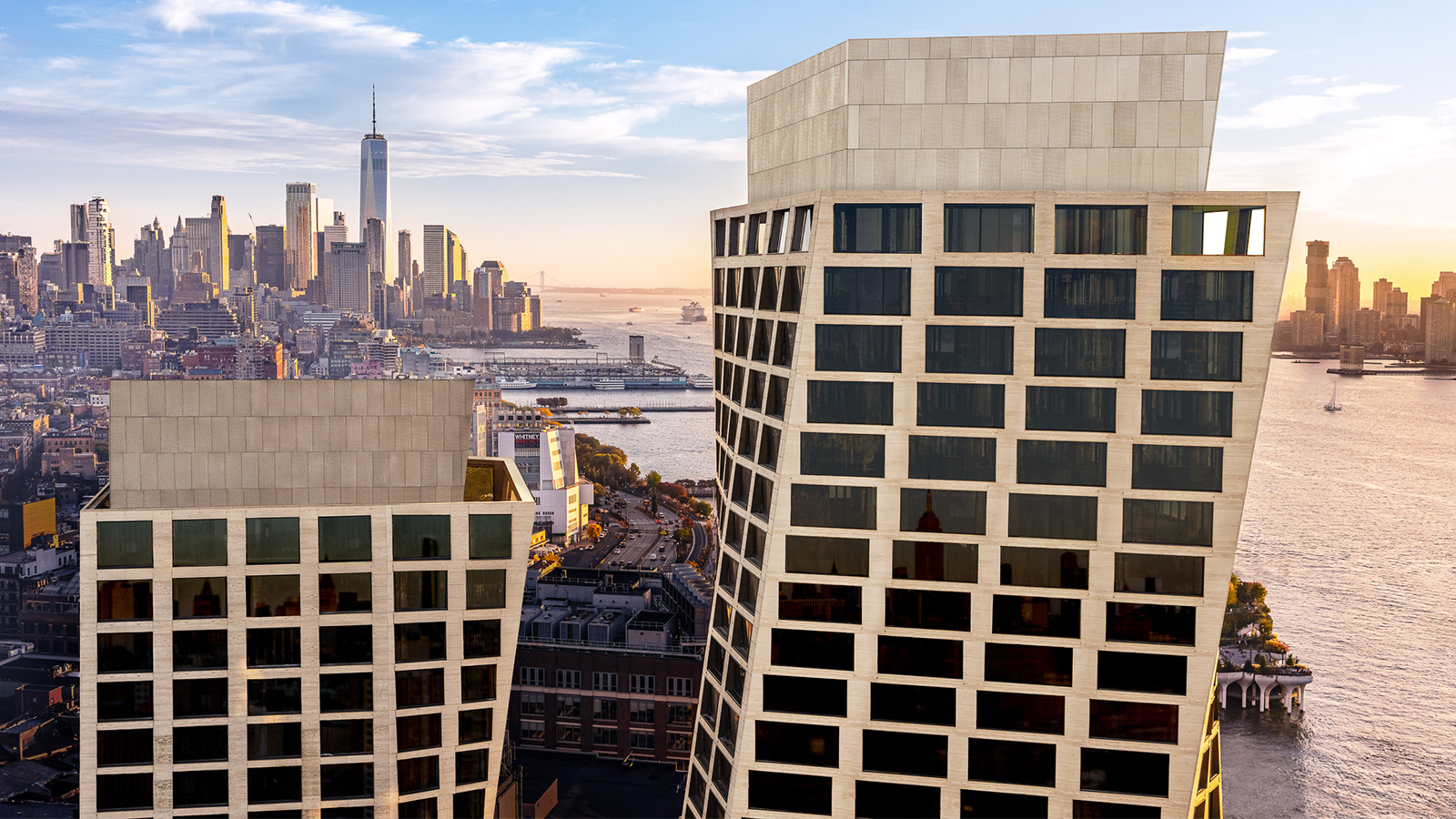 Step inside One High Line's sculptural forms in New York
Step inside One High Line's sculptural forms in New YorkOne High Line, the residential building designed by Bjarke Ingels of BIG with interiors by Gabellini Sheppard and Gilles & Boissier, swirls up into the skyline absorbing its New York City context
By Ellie Stathaki